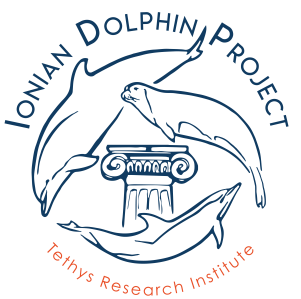INVESTIGATING THE EFFECTS OF HUMAN IMPACTS ON THE CRITICALLY ENDANGERED BOTTLENOSE DOLPHIN SUBPOPULATION OF THE GULF OF AMBRACIA, GREECE
LOCATION: GREECE
|
Randal Wells, PhD |
Joan Gonzalvo, PhD |
Letizia Marsili, PhD
Dept. of Physical Sciences, Earth and Environment, University of Siena
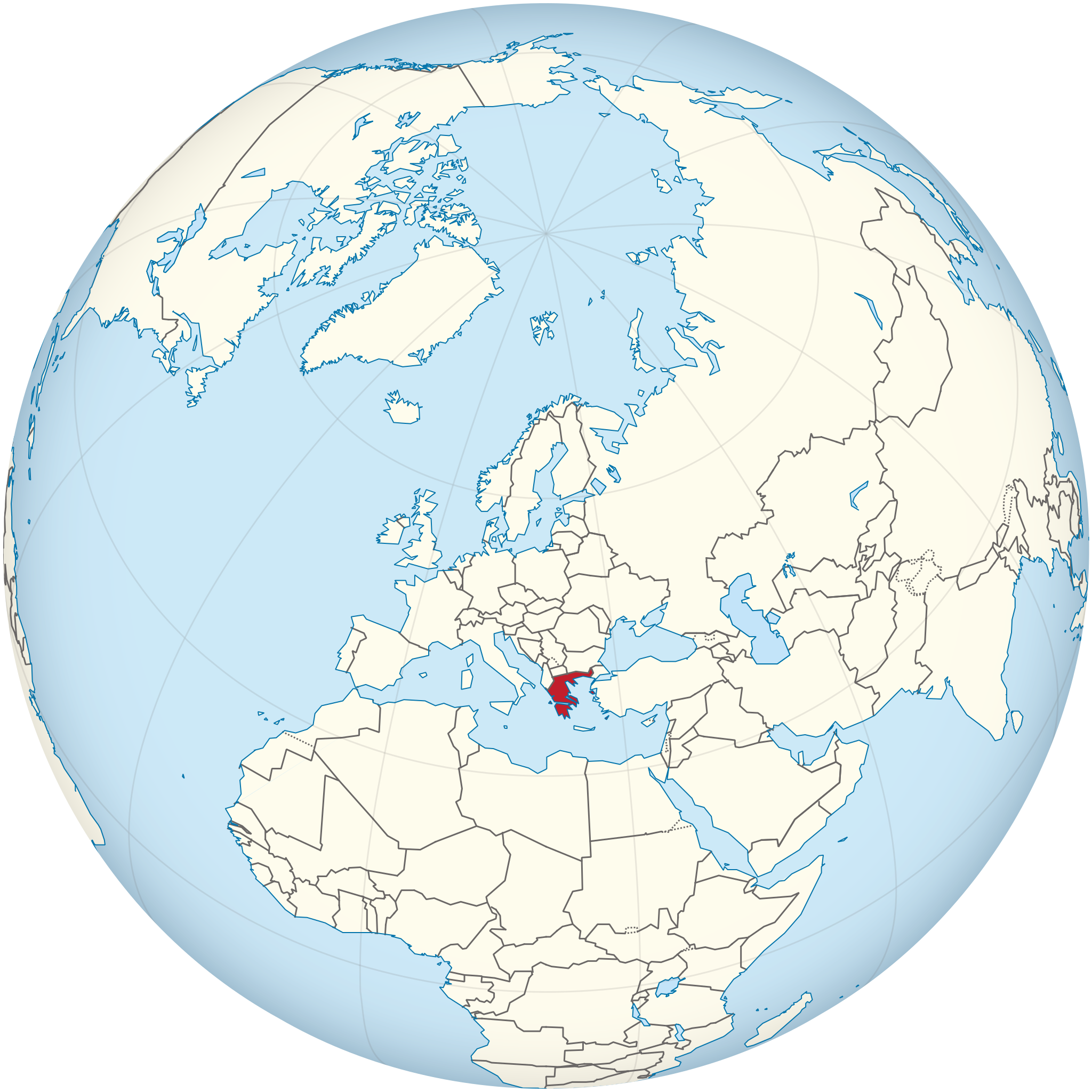
PROJECT SUMMARY

Carmen Andres/Joan Gonzalvo
A small, critically endangered subpopulation of bottlenose dolphins live in the Gulf of Ambracia, in western Greece. This subpopulation has been studied by the Tethys Research Institute for more than two decades, and it is believed that the population decline that has been documented may be due to habitat degradation.
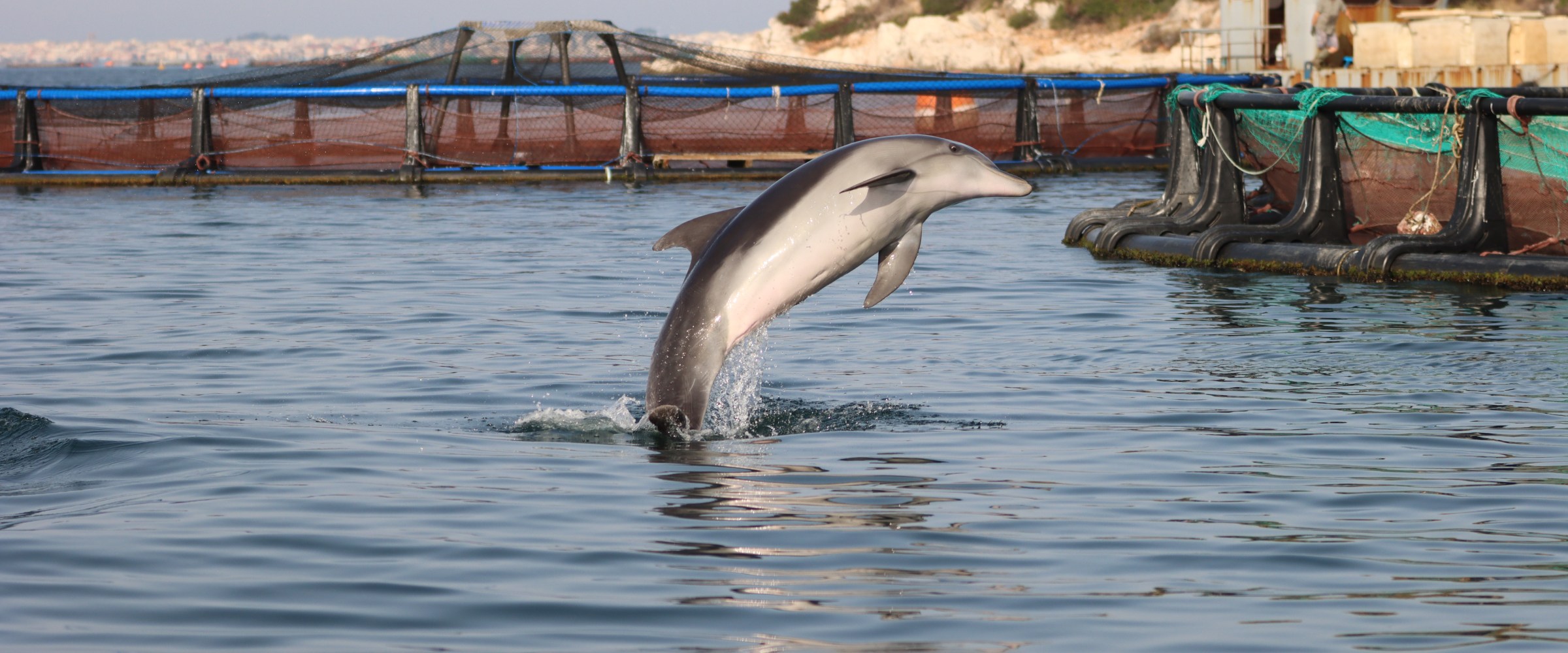
Carmen Andres/Joan Gonzalvo
We propose a collaboration between Tethys Research Institute (TRI) and the Chicago Zoological Society’s Sarasota Dolphin Research Program (SDRP) to apply the comparative approach that has proved useful in defining problems for bottlenose dolphins elsewhere. A two-week biopsy dart sampling project is proposed, with the aim of collecting 30-40 dolphin tissue samples in order to assess the potential risks of environmental contaminants to this population’s health. Findings will be compared with those from the well-studied resident Sarasota Bay dolphin community, and elsewhere, to identify potential sources of threats to the Greek dolphins.
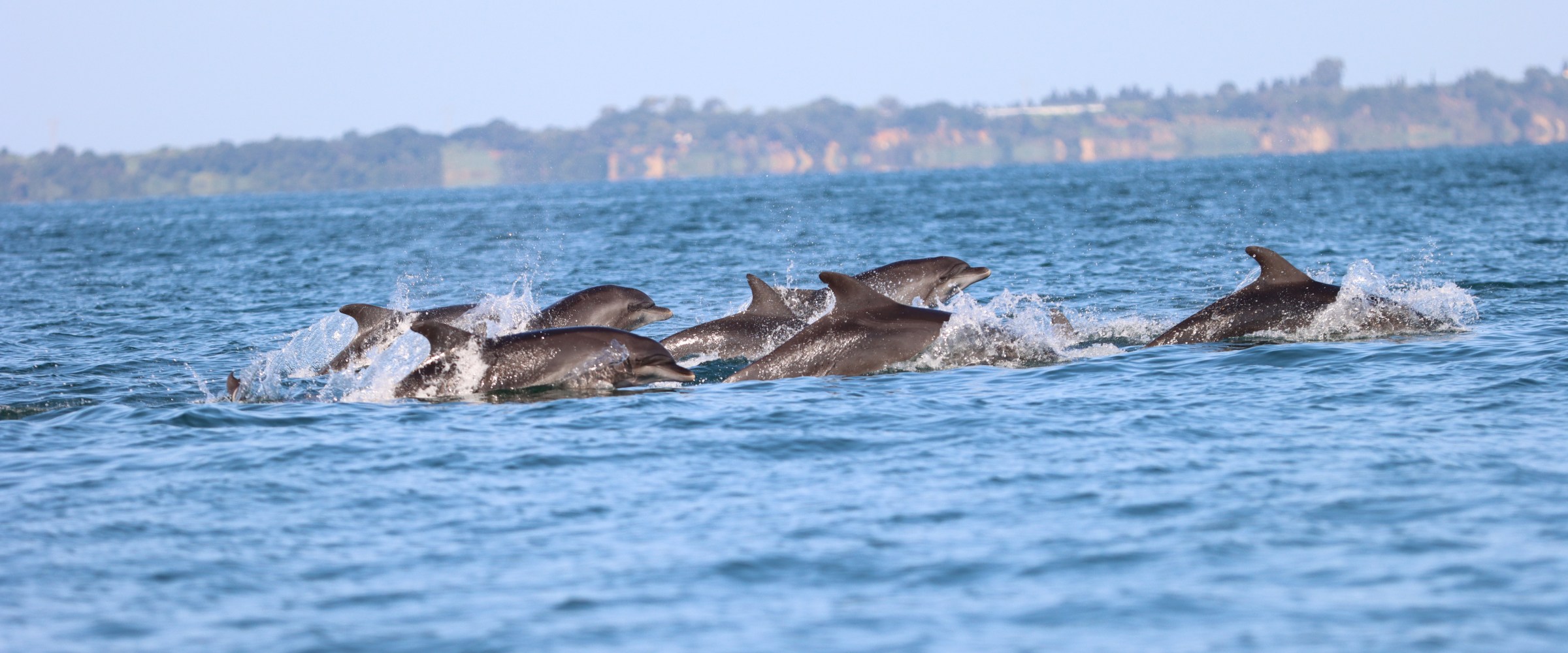
Carmen Andres/Joan Gonzalvo
The evidence and information provided by this project will help to identify the most appropriate and effective actions for the conservation of the species in this increasingly fragile coastal ecosystem. This project will also provide capacity building by SDRP through training of TRI personnel about all aspects of biopsy sampling.
